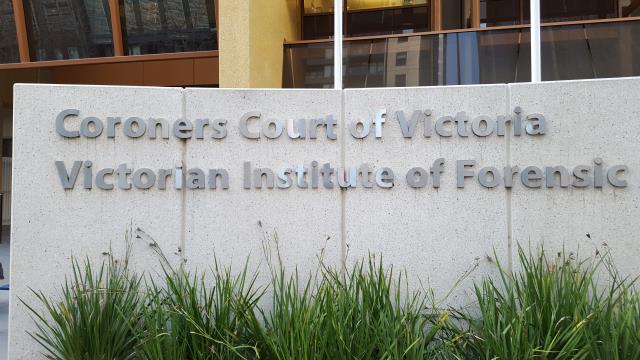A police shooting of a 53-year-old Narre Warren North father-of-four may have “unfolded differently” if not for an inadvertent omission by Triple-0 staff, a state coronial inquest has heard.
Counsel Assisting the Coroner, Susan Locke, submitted to the inquest on 30 March that police officers had not been alerted to a Triple-0 call that the man – identified as XY – had a knife.
During an attempted arrest on the Monash Freeway in Dandenong North on 28 May 2020, XY was fatally shot after he charged with a knife at a police officer.
Police relied on the “critical information” being broadcast by ESTA over their radio, she said.
“No information about the knife was broadcast over police radio communications to the attending police units at any stage during the incident that unfolded,” Ms Locke said.
“There is ample evidence that had police been aware of the information … regarding the knife, their risk assessment and response would have been different.”
The weight of evidence supported a finding that the incident “may have unfolded differently”, Ms Locke said.
“Whilst it cannot be said that XY’s death would ultimately have been averted, he would not have died at the exact time and manner in which he did, had that information been known to police.”
Before the attempted arrest, a school wellbeing officer had called triple-0 warning that XY left the home carrying a knife.
The Emergency Services Telecommunications Authority (ESTA) call-taker, who was in the “consolidation phase” of training, recorded the information ambiguously and inaccurately, Ms Locke said.
“Believes M may have had a knife – not confirmed – nil sighting,” the call-taker recorded in his comments.
An ESTA quality improvement investigator later told the court that it should have been recorded as “Male left home in possession of a knife”.
The call-taker’s error was attributed to his inexperience.
To compound the error, an ESTA police dispatcher inadvertently failed to see the knife comment.
“It appears that this oversight was the result of human error,” Ms Locke said.
There was no evidence that the “very experienced” police dispatcher’s oversight was caused by “high radio channel occupancy” at the time.
Since then, the upgraded dispatch platform records terms like ‘knife’ and ‘aggressive’ in bold font and colour – which was likely to reduce the chance that critical information is missed, Ms Locke said.
Training has been modified for ESTA call-takers and police dispatchers.
Based on the available information, police were “reasonable” to assume XY was unlikely to be armed – though the possibility was “not entirely discounted”, Ms Locke said.
His demeanor was relatively calm, he’d made no threats of violence and had no history of violence or police involvement.
The police officers’ actions and use of force were “appropriate”, Ms Locke concluded.
In its submission, ESTA argued there was no need for “adverse findings” against it.
There was no consistent evidence from police officers on how their response would have differed if warned about the knife, its lawyer Rosyln Kaye submitted.
“Unfortunately, it is impossible to say whether XY’s death would have been prevented with a different police response.”
In any case, police had been planning for the potential presence of a knife at the scene, Ms Kaye said.
ESTA accepted the call-taker’s note was inaccurate and ambiguous, and the information on the knife should have been broadcast to police.
The errors did not indicate “systemic issues”.







